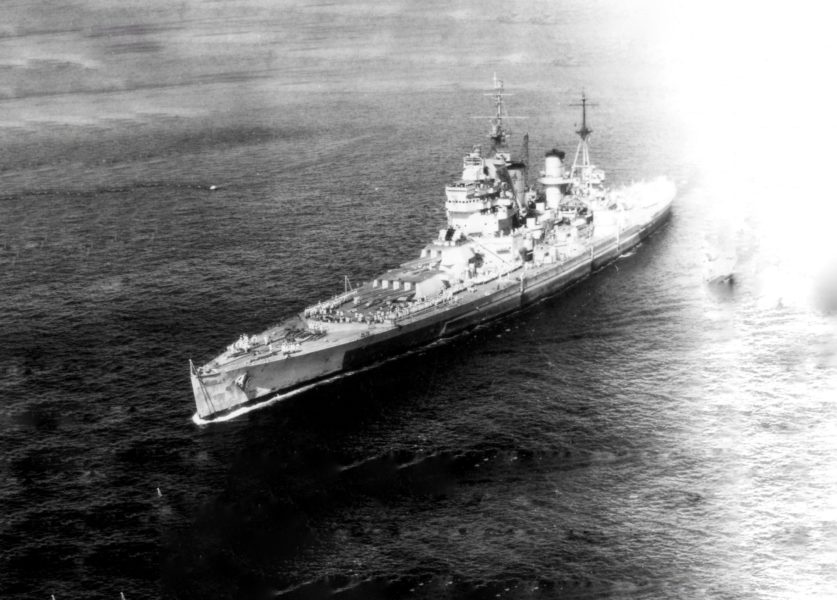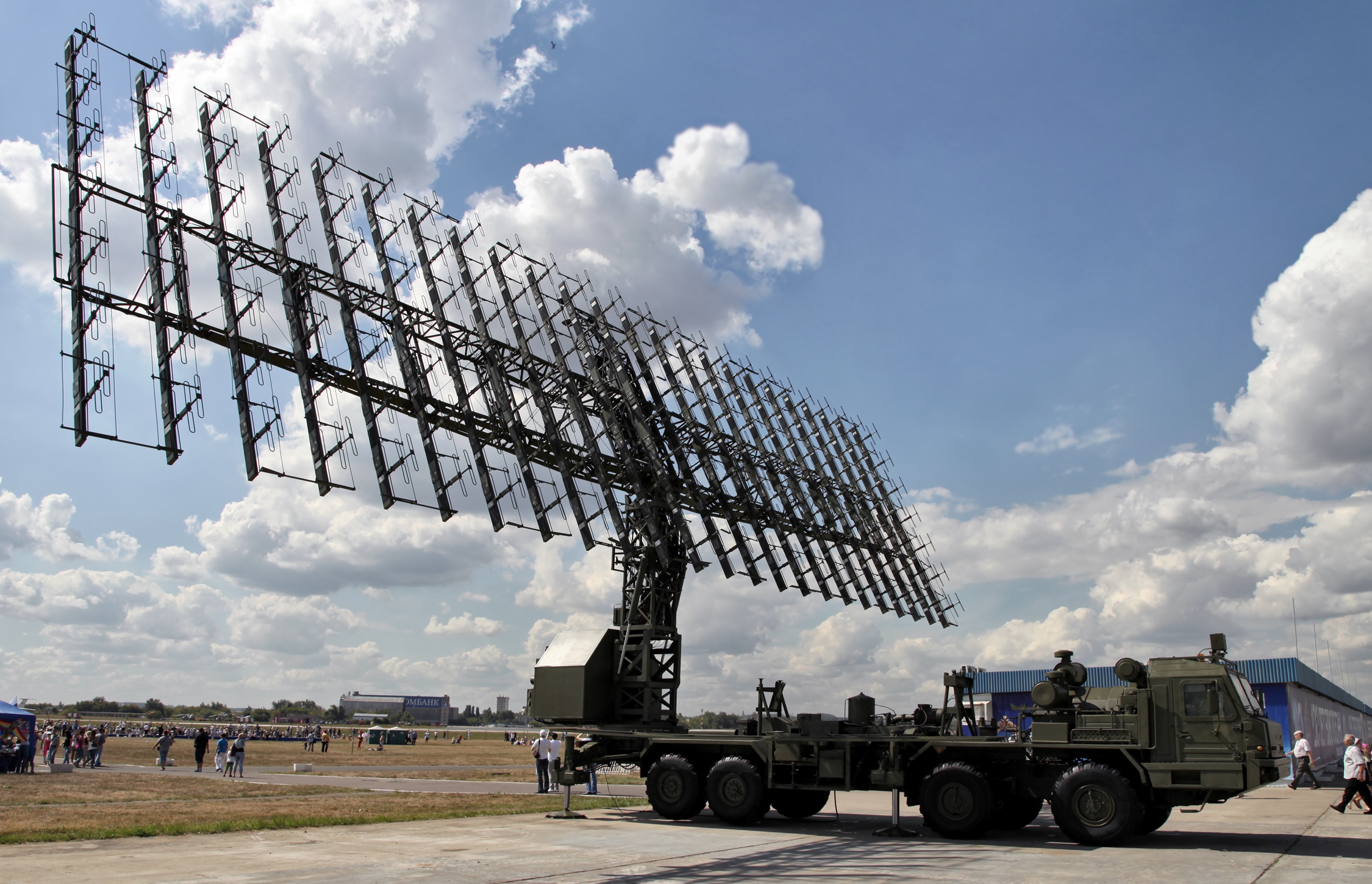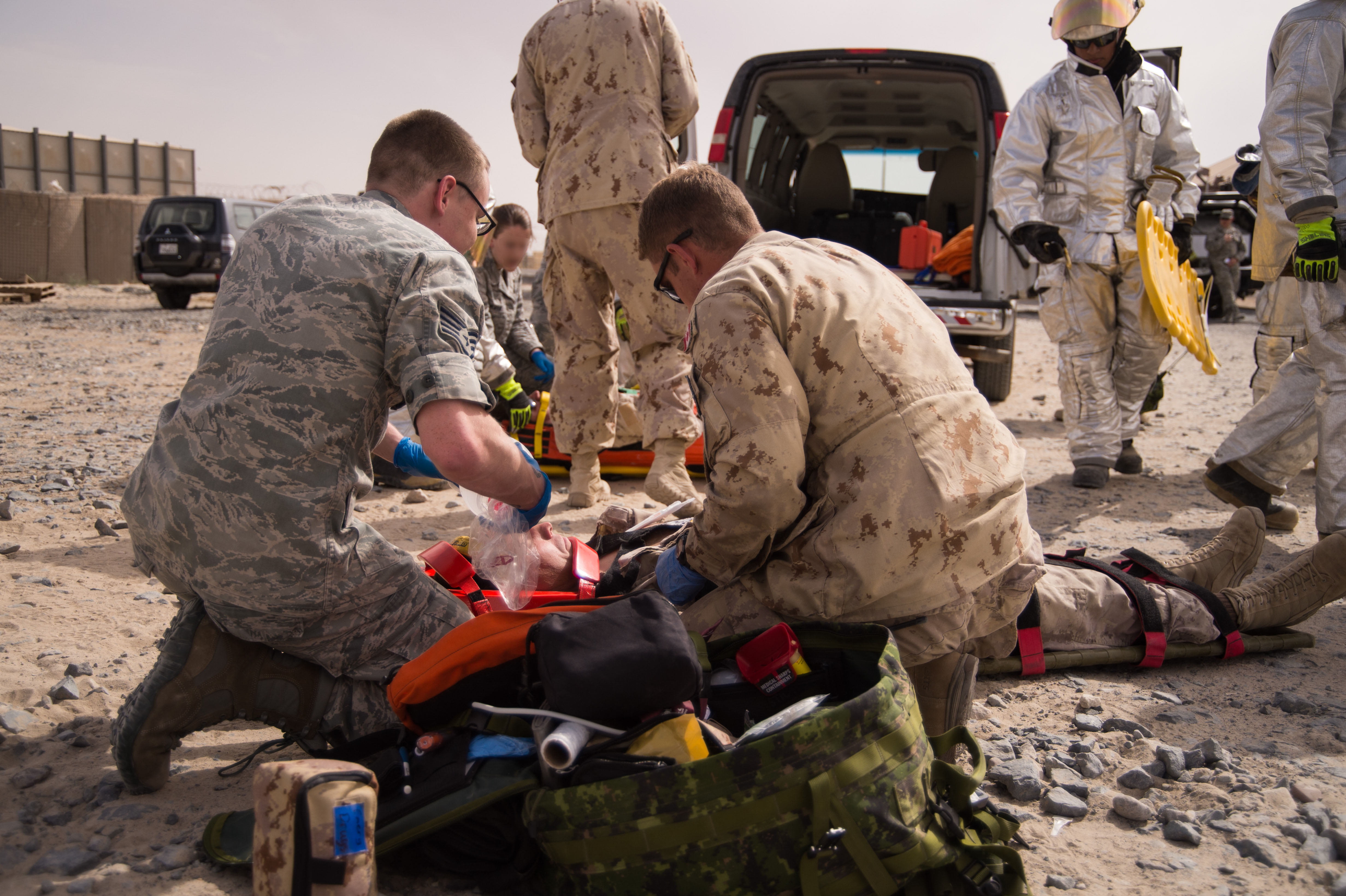Alfred Thayer Mahan once noted that “a strong navy is vital to the success of a nation, and control of the seas was vital for the projection of force”. Mahan’s doctrine became the principle logic behind the development and expansion of big gun battleship fleets. Mahan theorized that his doctrine, known as “the fleet in being” would stand the test of time. The “fleet in being” concept noted that a powerful fleet kept idle near a hostile environment would make an opposing force concentrate numerous resources to mitigate the threat. While the “fleet in being” concept still exists as an extension of aircraft carrier doctrines, the concept as theorized by Mahan, dictating the need for big gun battleships, died following the end of World War 2. This was because all major powers after WW2 scrapped their battleship fleets, with the last American Iowa Class battleships being retired and struck from the US Naval register in the mid 1990s. The removal of battleship fleets was predominantly due to the introduction of carrier-borne aircraft and long range missiles having the capabilities to sink even the most powerful battleships, evident in the sinking of the Japanese super-battleship Yamato in 1945.
Franken-Battleships: The past and future of naval warfare
Today, most experts rightly argue that reviving battleships would be impractical as they are more vulnerable than modern aircraft carriers, and would require significant resources to accompany and protect them from air, surface and sub-surface threats. Experts even suggest that while aircraft carriers have the ability to launch and recover dozens of aircraft including jet fighters, ensuring no hostiles come close to the carrier, battleships lack such defensive systems. However, the same technology that rendered “big gun” battleships obsolete could actually allow for the emergence of “smaller gun” battleships.
These “small gun” battleships could be designed to deal with sub-surface, surface and aerial threats using high tech modern systems along with aircraft carrying capabilities. In fact, the breakdown of a possible “small gun” battleship is listed below. The possible specifications for a “small gun” battleship would be length of 250 m, a beam (width) of 32 m, with a 10 m draught. The battleship would potentially have a standard displacement of 34, 000 tons, and a full load displacement of 38, 000 tons. As such, the battleship would potentially have a low silhouette similar to that of WW2 battle cruisers such as the Kriegsmarine Scharnhorst.
The possible layout of the ship’s armour given the approximate displacement figures is outlined in the following tables.
Possible Layout:

So what do all the numbers really mean? The numbers signify how armoured the ship is and how much damage it can potentially withstand. An area that is very crucial to understand how much damage a ship can take is the ship’s citadel area. A ship’s citadel area is defined as the armoured box which encloses the machinery and magazine spaces. It is set within the armoured deck, internal armour belt, and the torpedo bulkheads. The citadel structure in this case could double up as a fixed wing hanger with functioning aircraft elevators operating from the citadel up to the main deck. Given that the hanger will be a large open area so as to accommodate F-35 B Vertical Short Take off and Landing (VSTOL) jets, it would need to have large watertight doors that could seal the hanger, in the event of flooding or fire. If the internal armour belt was designed similarly to German WW2 turtleback armour schemes, then the hanger would be well protected from external threats. A point to note is that the turtleback armour scheme has been proven to withstand tremendous firepower, as evident in the sinking of the WW2 German battleship Bismarck.
Along with the ship’s citadel, key facets in ship design are the bow and stern. The ship’s bow could be angled up at three degree elevation. The bow’s angle would allow for the installation of steam-based catapult launchers similar to the ones aboard the US navy’s Nimitz class aircraft carriers. Additionally, the unique layout of the bow’s armour plating, akin to a hardened knife blade, would be ideal for ice breaking operations, especially with the addition of an equally tapered bulbous bow to minimize the bow waves. Similarly, the ship’s stern would have thick steel plating so as to not be affected by the hot exhaust gases generated during F-35B landing operations. More importantly, the ship’s helicopter pad would be placed ahead of the F-35B storage elevators, allowing for the rapid deployment of Canadian CH-148 Cyclones.
Strike Operations:
The noticeable difference between a warship and a civilian ship is that warships have strike capabilities built within their designs. Strike operations are defined as offensive actions conducted against hostile parties with the intent to disrupt and destroy hostile military capabilities. The possible strike operations vary from aerial interdiction, area air defence, surface combat and anti-submarine combat. In terms of aerial interdiction and area air defence, the ships’ F-35Bs along with its assortment of surface to air missiles could seek and destroy aerial threats. For surface combat, the same F-35s along with the main battery and surface-to-surface missiles could be used to engage surface targets. Anti-submarine combat would be possibly conducted by ship-based torpedoes and aerial torpedoes dropped from the ship’s Cyclone helicopters. Along with the F-35Bs, three key weapon systems make the ship a formidable adversary. These are the main gun battery, Phalanx CIWS systems, and missile weapon systems.
Main Gun Battery System:
The main gun battery would potentially consist of three twin turrets each with a calibre of 150 millimetres. The guns could even be housed in flat, low radar cross section, steel reinforced carbon fibre turrets. These turrets would possibly have high rotational speeds due to electro-hydraulic turret traverse systems, traversing roughly 220 degrees across. Additionally, the turret elevation range for target engagement would range from approximately a minimum of -10 degrees to a maximum of +50 degrees. The main function of the system would be engagement of land and surface targets, within an area of 45 square kilometres. The main gun battery system could even be used in commerce raiding activities. Commerce raiding activities are defined as activities that specifically inhibit supply chains so as to reduce an enemy’s combat capabilities.


Close in Weapons Systems:
Unlike the main gun battery, the Phalanx Close in Weapons System (CIWS) is designed for defence against airborne threats such as missiles and helicopters. The system can be deployed on both land and sea weapons platforms. It was designed in 1980, by the Pomona Division of General Dynamics, which is now part of Raytheon. The system was successfully tested during the Gulf War. Today, the US and 24 other allied nations have Phalanx CIWS systems aboard their surface naval assets. For the battleship, potentially 6-8 Phalanx CIWS systems could be installed along the length of the ship.
Missile Weapon Systems and Air wing:
In addition to the main gun battery and CIWS systems, a plethora of surface-to-surface, surface-to-air missiles and anti-submarine weapons would dot the ship, enhancing the projection power of the ship.However, gun batteries, missiles and anti-submarine weapons have predetermined ranges and can sometimes “fail” to eliminate threats, as evident in the Iraqi missile attack on the USS Missouri during Operation Desert Storm. As such, the presence of six to eight F-35Bs on board each ship could serve to mitigate such the shortcomings of missile and main gun batteries, and further aid in protecting the ship.
Possible Propulsion Power:
No matter how much firepower a ship has, if the ship has no means of propulsion then all that firepower is wasted. Hence, there are two possible means of propulsion for the ship. The first is the use of nuclear power. Nuclear propulsion could be achieved via a pressurized reactor and eliminates the need for a smokestack, evident on non-nuclear ships. The use of nuclear power would require significant zinc shielding so as to mitigate radiation exposure. The addition of such shielding would fit well given the armour thickness within the ship, and that armour construction could revolve around a honeycomb design to equally spread the reactors’ heavy load. The second is that of magneto-hydrodynamics, whichis defined as the process of running water between a current produced from two magnets placed in an opposing fashion. The principle has been successfully implemented in the designs for ship engines. This is because it increases engine output by magnetizing the water to produce more electrical currents that are then contained between the two magnets. Magneto-hydrodynamic engines have the ability to maintain cruising speeds with a combined electric turbine generator via a series of high capacity capacitors.
Potential Non- Strike Capabilities:
- Counter Piracy Operations
Given that the ship would have a top speed of approximately 36 knots results in faster response in counter-piracy operations, based on either propulsion system. NATO has defined counter-piracy operations as operations that actively “deter and disrupt pirate attacks while protecting vessels and helping toincrease the general security of the Arabian Sea region”. The rapid deployment capability of the ship’s CH-148 Cyclones from the ship’s helicopter pad would allow for sustained air cover on suspected pirates or as means to deter suspected pirates from attacking merchant vessels operating in the Arabian Sea. Additionally, the mere presence of the ship could present an existential threat to pirates, deterring pirate attacks.
- Disaster Response and Relief
Conversely, during disaster relief operations, the ship can act as a staging area for response personnel and equipment. In fact, the ship’s citadel area could be utilized to transport relief aid, or even serve as a floating hospital, with critical patients being flown to specialized hospitals across Canada. Disaster relief operations are typically defined as operations designed to respond to catastrophic situations, by providing aid to affected communities and involve coordinated efforts in risk assessment, risk mitigation, response and recovery.
Possible Cost of Development:
In terms of procurement, the financial costs associated need to be evaluated irrespective of capabilities. In fact, projects live and die based on the financial costs associated to such projects. An excellent case of a deceased project due in part to rising costs was the legendary CF-105 Avro Arrow fighter jet project. The project’s cost can be divided into several categories.The first aspect, relating to cost would be procuring fighter aircraft to operate from the ship’s deck. The ideal aircraft for the ship would thus be the stealthy F-35 Joint Strike Fighter. On a cost basis, 24 Single Engine Stealth F-35b Lightning II at a unit price of US$116million, would equal roughlyUS$2.8billion. As for 36 F-35Bs, at US $116 million apiece totals approximately US $4.2 billion.
The second is the cost associated with the ship’s design. It is possible to potentially rebuild WW2 battleships to their original specifications for US$4 billion. However, original specifications would not include aircraft handling equipment for jet aircraft. Hence, the cost of refitting and installing jet aircraft handling equipment could potentially cost around US $6 billion. The costs of construction could be significantly cheaper if the ship has a modular design similar to how modern warships are constructed. The numerous aspects would potentially make the project cost between US $8 billion to US $10 billion. Though such ships would likely cost more than the type 26 Global Combat Ships ordered by the Royal Canadian Navy from BAE, these ships have the capability to deliver air power anywhere on Earth, similar to existing aircraft carriers.
In conclusion, the addition of small gun battleships capable of carrying F-35B VSTOL aircraft could potentially act as a force multiplier for the Royal Canadian Navy and NATO. Such warships could soon be at the forefront of NATO’s naval power, acting as key deterrents against hostile actions from an increasingly assertive Russia and China. Furthermore, by procuring such warships, NATO adversaries such as Russia and China would have to spend more on defence. The increased defence expenditures would potentially be justified as “attempts to counter NATO defence”, so as to not a have a strategic gap. However, in doing so the Russian and Chinese economies could likely face tough economic situations due to the increased military spending and ignorance to the calls for social improvement from their citizens, just like the Soviet Union in 1990.
Featured Image: The British battleship HMS King George V enters Apra Harbor, Guam, with sailors in formation on deck (1945) by USN via Official U.S. Navy photograph 80-G-328942 Public Domain. https://commons.wikimedia.org/wiki/File:King_George_V_class_battleship_1945.jpg
Disclaimer: Any views or opinions expressed in articles are solely those of the authors and do not necessarily represent the views of the NATO Association of Canada.




